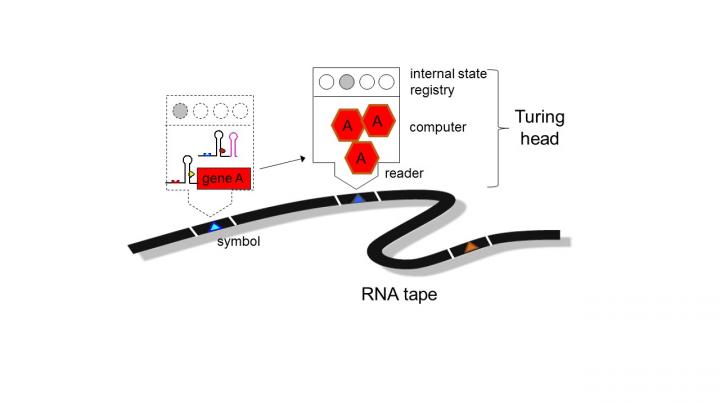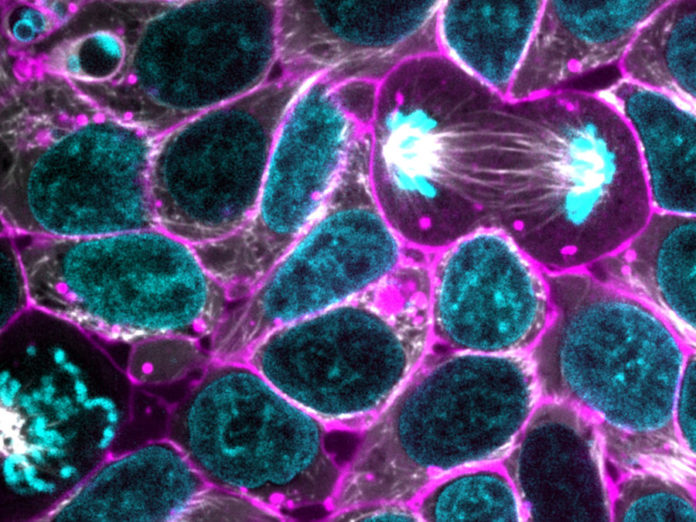Researchers at the University of Warwick, United Kingdom have made a breakthrough this week as they discover how ribonucleic acid (RNA) can be genetically engineered to allow scientists to program in the cell’s actions. RNA is a common molecule found in humans, animals, and plants, and being able to control these cells is a huge step forward in being able to create tailored treatments to fight medical issues such as influenza, cancer, and other serious conditions. The study was led by Professor Alfonso Jaramillo in the School of Life Sciences.

As well helping to fight human disease and injuries, this technique could also be used to control plant cells to make plants more resilient against pests and disease. During the research, Professor Jaramillo showed successfully that RNA could easily be programmed to have them do as we want by simply feeding them specific instructions. Similar to that of the Turing computer system, cells can process and respond effectively to codes and instructions which have been input into their system.
Working in a way that’s similar to software running on a computer, several different RNA sequences could be created to allow cells to be able to interpret the RNA code and carry out specific functions to solve various problems or diseases. This will allow scientists to design more personalized and efficient treatments by enabling a sequence of actions to be simply downloaded into cells in which to instruct them to carry out the complex tasks they’ve been coded to do.
In making their invention, the researchers first modeled all possible RNA sequence interactions on the computer. Then, they constructed the DNA encoding the RNA within it, to then be validated on the bacteria cells at the lab. Once these cells had been induced to produce the genetically engineered RNA sequences, the researchers could see how they had altered the gene expression of the cell as they instructed it through the RNA program.
“The capabilities of RNA molecules to interact in a predictable manner, and with alternative conformations, has allowed us to engineer networks of molecular switches that could be made to process arbitrary orders encoded in RNA,” said Jaramillo. He also confirmed how the team has been working on developing methodologies in which enable RNA sensing the environments, perform arithmetic computations and that control gene expression.
More News to Read
- Researchers Discover the Human Body’s Internal Clock
- Astronomers Detect Titanium Oxide for the First Time in Exoplanet WASP-19b
- Virtual Reality Travel Experiences That Will Blow Your Mind
- Astronomers Discover Fluctuations in Brightness of Unique Binary Star System
- Dark Energy Debate Takes Another Turn Thanks to New Supernova Analysis

